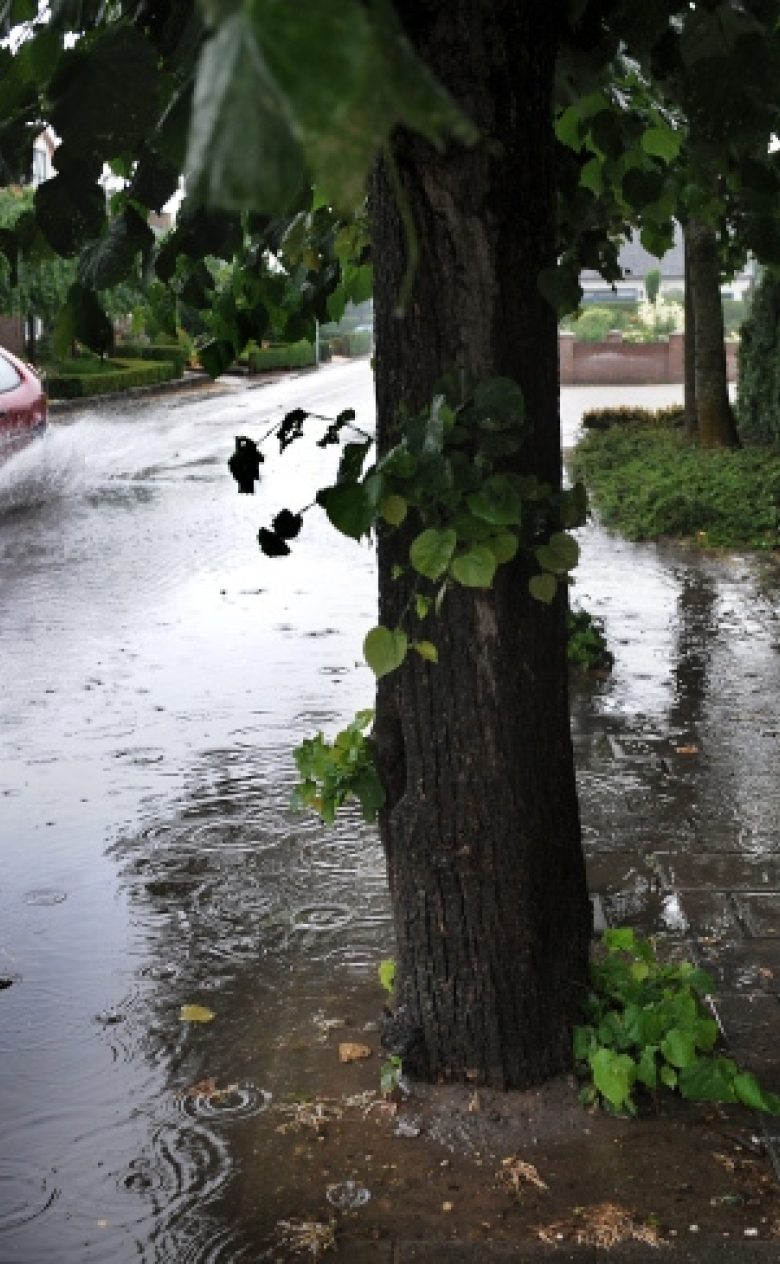Guideline Stresstest Urban Areas
In many cities around the world climate change leads to more frequent and more intensive rainstorms, more frequent and prolonged episodes of drought and water shortages, more heat stress, sea level rise and, indirectly, water quality problems and land subsidence. Living conditions, public health and economic activities will be jeopardized more frequently; economic and social damage can become substantial if we do not prepare for these more harsh conditions.

Even without climate change our vulnerability to extreme weather conditions has increased, simply because of our modern technologies, our high investments in urban areas and our just-in-time economic system. Interruptions of the urban system are more and more costly: investments in a more resilient urban environment are needed.
Vulnerability analysis
A vulnerability analysis or stress test is required to find out where, when and how to invest in strengthening the resilience of the urban environment. We have to quantify the
- Hazards
- Damage sensitivity
- Adaptability
- Effectiveness of adaptation measures
in a systematic way, including their expected changes on the long run and their differences from place to place. Hazards are not only the result of a – changing – probability of exposure but are also influenced by the changing protection level provided by existing but ageing facilities. Tipping point analysis helps identify when existing structures and policies are no longer capable to provide required protection levels.
Damage sensitivity not only includes direct financial damage due to failure of the protection system but should include indirect economic and social damage too. Analysis of the city’s adaptability is required to find out when and where opportunities occur to combine retrofitting adaptation measures with other reconstruction activities. Synergies with other construction /reconstruction activities can drastically lower adaptation costs.
Adaptation options and stakeholder analysis
A stress-test would be incomplete without a first analysis of adaptation options, their effects, costs and benefits. As many adaptation options are multi-functional, co-benefits of adaptation measures are important and should be included in the analysis.
Another essential component of a stress test is a stakeholder and governance analysis. To formulate an effective adaptation policy, clarity is required about the relevant stakeholders, their role and responsibilities, the legal and financial infrastructure that underlies the protection system. Protection policies and strategies are to be understood in depth, as well as the quality of construction and maintenance practice.
Result
Product of the test is stakeholder commitment and shared knowledge, i.e. in the form of an atlas containing maps showing hazardous places, damage sensitive spots, vital and vulnerable objects and networks, reconstruction activities that provide adaptation opportunities in years to come, hot spots in terms of risks, organizational, financial and legal infrastructure and so on.
This knowledge is a solid basis for prioritising adaptation efforts and selecting an appropriate adaptation strategy. Results of the stresstest – flooding in particular – can be visualised in 3 D movies and animations to create an understanding of the phenomena and awareness of the problem.
Information
The Guideline Stresstest was developed for the Dutch Delta program Urban development and Urban Renewal of the Ministry of Infrastructure and Environment and is part of the Knowledge Portal Spatial Adaptation.


